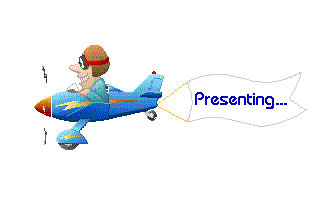As you may remember drag is one of the Four basic fundamentals of flight. But as the title suggests there are different types of drag. Not too get too detailed in this blog, there are at 2 main types of drag: parasite and induced drag.
Remember that drag is the force that resists movement of an airplane through the air. Parasite drag is so named because it in no way functions to aid in flight, while induced drag, is the result of an airfoil (wing) developing lift. Let's look at each a little closer.
PARASITE DRAG
Parasite drag is comprised of all the forces that work to slow the plane down, and as mentioned earlier does not play in the production of lift. There are 3 types of parasite drag: form drag, interference drag, and skin drag.
1. Form Drag
Form drag is the portion of parasite drag generated by the aircraft due to its shape and airflow around it. Examples, include engine cowlings, antennas, and aerodynamic shape of other components.
2. Interference Drag
Interference drag comes from the intersection of air streams that creates eddy currents, turbulence, or restricts smooth airflow. For example, the intersection of the wing and the fuselage at the wing root has significant interference drag. It is also highest when two surfaces meet at perpendicular angles.
3. Skin Friction Drag
Skin friction drag is the aerodynamic resistance due to the contact of moving air with the surface of the aircraft. No matter how apparently smooth a surface appears, has a rough, ragged surface when viewed under a microscope. The actual speed at which the air molecules move depends upon the shape of the wing, the stickiness of the air through which the wing or airfoil is moving, and the compressibility.
INDUCED DRAG
In level flight the aerodynamic properties of a wing or rotor produce a required lift, but at the expense of a certain penalty. Induced drag is the name of the penalty. Induced drag is inherent whenever an airfoil is producing lift, and this type of drag is inseparable from the production of lift. It is always present of lift is produced.
Whenever an airfoil is producing lift, the pressure on the lower surface of it is greater than that on the upper surface (Bernoulli's Principle).
In the area of the wing tips, there is a tendency for these presures to equalize, resulting in a lateral flow outward from the underside to the upper surface. When viewed from the tail, vortices from the wing tips trail behind the airfoils. This also creates a downwash flow behind the wing's trailing edge. In simple terms, this downwash flow, in a sense, is the induced drag that is created when the plane has produced lift.


No comments:
Post a Comment